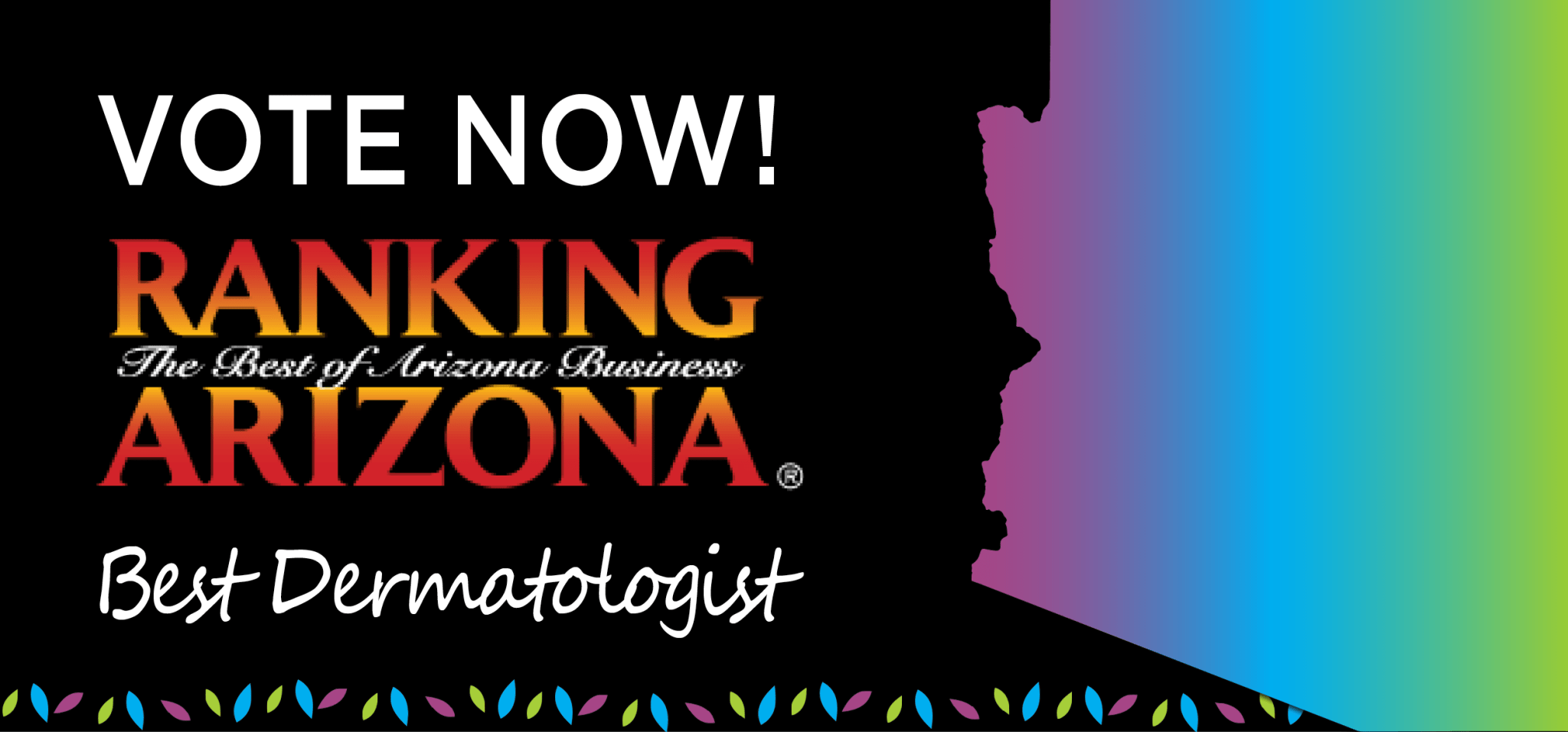Acne is the most common skin condition here in the United States and can affect us all; whether you’re a teen or an adult. Learn more about acne and how to prevent pesky pimples with Dr. Heidi Mullen and Susan Casper on Sonoran Living. She also shares her favorite products to help with breakouts!
What is Acne?
Acne is the most frequent skin condition in the United States and is characterized by pimples that appear on the face, back and chest. Every year, about 85% of adolescents have some form of acne and about 12% of females continue to experience acne into adulthood.
Acne is made up of two main types of blemishes:
- Whiteheads/Blackheads, also known as comedones, are non-inflammatory and appear more on the face and shoulders. As long as they remain uninfected, they are unlikely to lead to scarring.
- Red Pustules or Papules are inflamed pores that fill with purulent material. These types of lesions can lead to scarring.
Acne is a skin condition with blackheads, whiteheads, red pimples, and cysts. It usually affects the face, but can include any area with a high concentration of oil glands. Acne affects people of all ages and in some, can leave dark marks or pitted scars. The most common acne trigger is hormonal changes that teenagers experience during puberty and adults usually experience during stressful periods. Hormonal acne appears in the form of deep, cystic blemishes around the chin and neck.
Acne in Teenagers
Acne in teenagers is caused by the hormone testosterone, which increases during puberty and stimulates oil glands of the skin to grow, produce more oil and plug pores. In adults, acne may be related to hormones, stress, childbirth, menopause, or medications. Diet, specifically skim milk and high glycemic index foods, may exacerbate acne in some patients.
What causes Acne?
Acne is a multifactorial inflammatory process associated with the skin’s oil glands. Key factors which play an important role in acne include abnormal skin turn over, overproduction of oil within oil glands, increased bacteria within these glands, and subsequent inflammation mounted by our body’s immune system Manifestations of this inflammatory process include whiteheads, blackheads, and inflammatory papules and pustules.

In normal skin, oil glands under the skin, known as pilosebaceous follicles, produce an oily substance called sebum. The sebum moves from the bottom to the top of each hair follicle and then spills out onto the surface of the skin, taking with it sloughed-off skin cells.
With acne, the structure through which the sebum flows gets plugged. This blockage traps sebum and sloughed-off cells below the skin, preventing them from being released onto the skin’s surface. If the pore’s opening is fully blocked, this produces a whitehead. If the pore’s opening is open, this produces blackheads. When either a whitehead or blackhead becomes inflamed, they can become red pustules or papules.
It is important for patients not to pick or scratch at individual lesions because it can make them inflamed and can lead to long-term scarring.
What are the best ways to prevent acne?
One of the best ways to prevent acne is to wash your face with a mild cleanser to remove excess oil, impurities, and dead skin cells. Especially in teens, try limiting the amount of makeup you wear and the hair products you use. These can block your skin’s pores and further irritate your skin. Also, make sure to check the label on your face wash, skincare products, and makeup to ensure they are NONCOMEDOGENIC and don’t cause acne.
When choosing a face wash, also make sure to consider an OTC benzoyl peroxide, which is a first-line treatment for acne, as it decreases the amount of bacteria on the skin. Retinoid products have also been proven to help improve the skin’s appearance and combat acne.
If acne persists, even with the interventions mentioned above, think about modifying your diet and limiting foods high in sugar as well as skim milk. Consider seeking prescription treatments from your dermatologist, including topical and oral antibiotics which are used in acne to limit inflammation and cut down the bacterial burden.
Best Acne Dermatologists in greater Phoenix, AZ
If you or your teen are struggling with acne, be sure to stop by and take advantage of 15% OFF select acne skincare products! To get clear skin before school starts back up again, call Affiliated Dermatology at (602) 775-5025 to book an appointment or request an appointment online.






